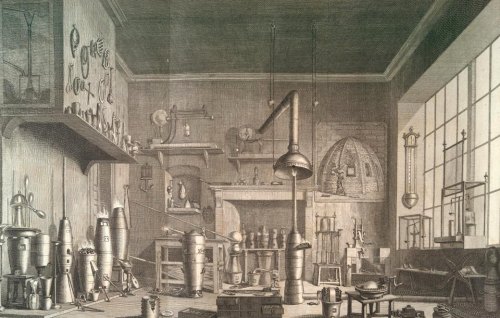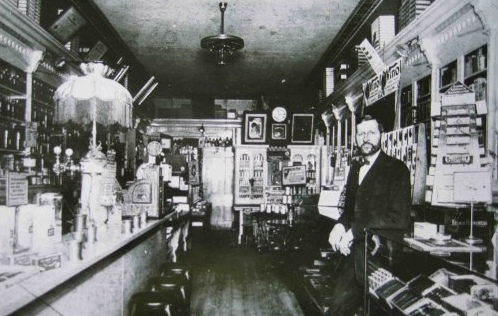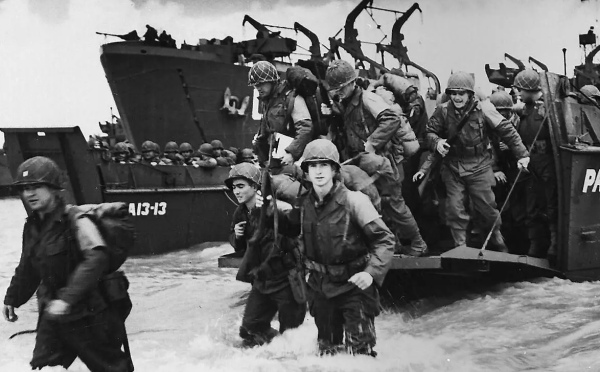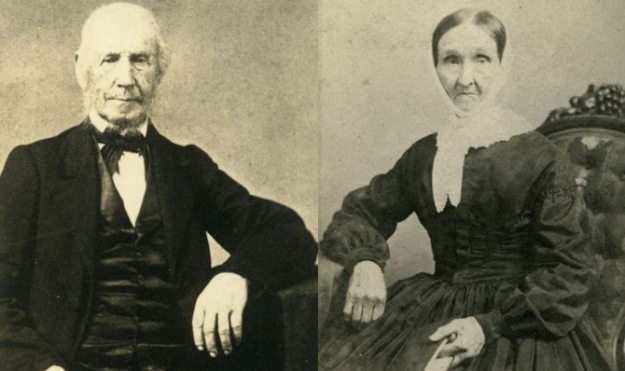By the 17th century more than 200 medicinal plants and herbs were uncovered from the New World. Most of these, like the ones mentioned above, were beneficial and either improved quality of life for those that used them, sped up the process of recovery or even provided a cure altogether. However, there were plenty that were disastrous and many had their ailments worsened or many actually died because of the “medicines.”

By the 18th century there were many trying to crack into the profits. Since there hadn’t yet been a wealth of accumulated knowledge there was a lot of experimentation and since no one wanted to share these profits, no one shared the remedies that really worked. In fact, if you were looking for healing you had to choose which type of healer to go to: chemist, apothecary, herbalist, homeopath, local shaman, family folk remedy.
The earliest modern equivalent of a pharmacist was the Apothecary, which has been around since at least 3,000 years BCE. Most cities in the Old World had an Apothecary – a healer who would not only provide you with remedies for ailments, but supply you with perfumes, refreshments, cosmetics or even general supplies. Sound familiar? That name brand pharmacy store is not a new idea!
Odd, unusual and often disgusting concoctions and methods of treatment
In the earliest days of medicines and treatment of ailments, some rather unusual beliefs and scientific ignorance lead to even stranger treatments. Some were steeped in ancient folk remedies or misunderstandings. The mere mention of ancient or medieval doctors usually conjures up images of leeches for bloodletting, trepanation (drilling into the skull), amputation of limbs without anesthesia, electric shock therapy or cocaine.
Many vintage photos depict a variety of colored leech jars, Posset pots, medicine spoons, and adverts for cocaine. Yes, cocaine was once one of the ingredients for Coca-Cola – it’s not an urban legend. However, a disclaimer: many medicinal products carried cocaine back then and in the case of Coca-Cola it was in such a small amount that it barely merits mentioning. Bayer and many other companies would even put heroin in their medicines for coughs. One “Dr. Batty” even sold Asthma Cigarettes “For your health…and the temporary relief of paroxysms of asthma.” Seems his surname was a fitting one.
 New Bedford Guide Your Guide to New Bedford and South Coast, MA
New Bedford Guide Your Guide to New Bedford and South Coast, MA








